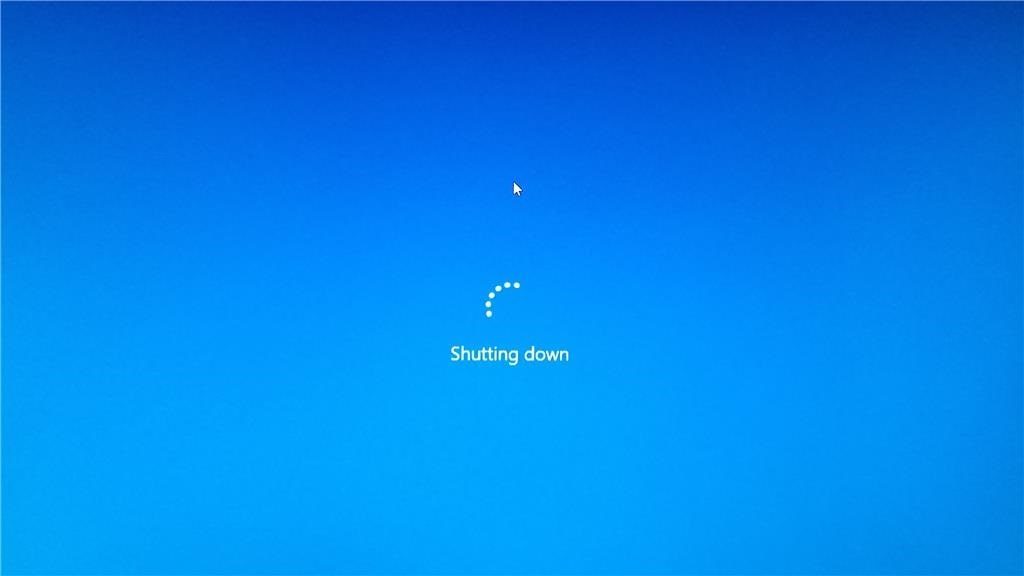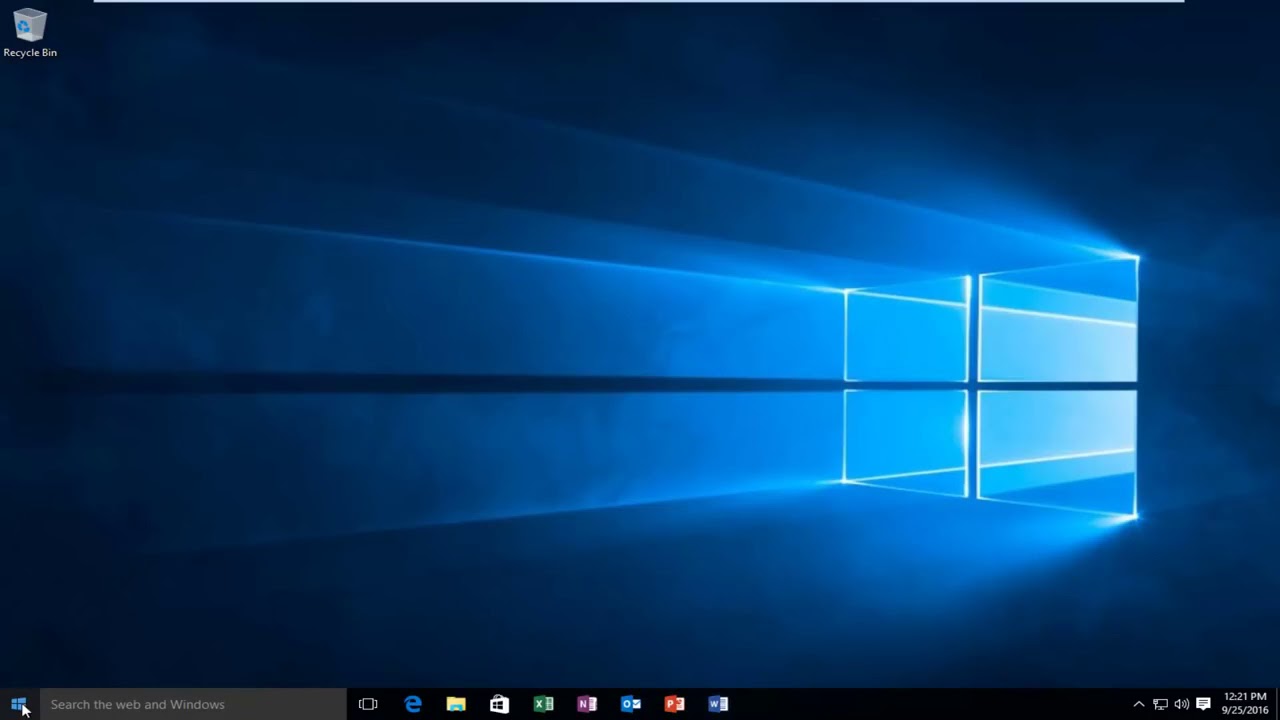Are you frustrated with your Windows 10 computer not shutting down properly? You’re not alone. Many users encounter this issue, but fortunately, there are several effective solutions to fix it. In this comprehensive guide, we’ll explore various troubleshooting methods to help you resolve Windows 10 shutdown problems. Whether you’re experiencing a stuck shutdown, an unresponsive system, or any other shutdown-related issue, we’ve got you covered.
The Causes of Windows 10 Shutdown Issues
Windows 10 shutdown problems can occur due to various reasons. One common cause is the Fast Startup feature, which allows the computer to start up quickly from a hibernation state. While this feature is useful in most cases, it can sometimes interfere with a proper shutdown, leading to unresolved system errors. Other potential causes include pending Windows updates, background apps preventing shutdown, and corrupt or missing system files.
Method 1: Force Shutdown
When your Windows 10 computer refuses to shut down, a force shutdown can be an effective solution. To force shutdown your computer, follow these steps:
- Press and hold the power button until the screen goes black.
- Unplug your computer from the power outlet. If you’re using a laptop, remove any attached batteries as well.
- Wait for 5-10 minutes before reconnecting your device to power.
- Start your computer again and attempt to shut it down from Windows 10.
By power-cycling your computer, you can often resolve any temporary glitches or unresponsive processes that may be preventing a proper shutdown.
Method 2: Disable Fast Startup
The Fast Startup feature, designed to speed up the boot process, can sometimes interfere with a complete shutdown. Disabling this feature can help resolve shutdown issues. Here’s how to disable Fast Startup:
- Click on the Windows icon in your taskbar and search for the Control Panel.
- Launch the Control Panel from the search results.
- In the Control Panel, click on Power Options.
- If you don’t see Power Options, switch to either Large icons or Small icons view mode.
- Click on the Choose what the power button does link in the left-side pane.
- Click on the Change settings that are currently unavailable link to unlock your options.
- Uncheck the Turn on fast startup (recommended) option.
- Click the Save changes button to apply the changes.
Disabling Fast Startup ensures a complete shutdown, allowing your computer to resolve any underlying issues.
Method 3: Update Windows 10 to the Latest Version
Outdated Windows 10 versions may have bugs or compatibility issues that can affect the shutdown process. Updating your operating system to the latest version can often resolve these issues. Here’s how to update Windows 10:
- Click on the Windows icon in the bottom left of your screen to open the Start menu.
- Choose Settings from the Start menu, or use the Windows + I shortcut.
- Click on the Update & Security tile.
- In the Windows Update tab, click on Check for updates.
- If any updates are available, click on the Install option to download and apply them.
Updating Windows 10 to the latest version ensures that your computer has the necessary bug fixes and improvements for a smooth shutdown process.
Method 4: Run the System File Checker Tool
Corrupt or missing system files can cause shutdown issues in Windows 10. The System File Checker (SFC) tool is a built-in utility that can scan and repair such files. Here’s how to run the System File Checker tool:
- Open the Command Prompt by typing it in the search box or using the Windows + S keyboard shortcut.
- Right-click on the Command Prompt in the search results and choose Run as Administrator.
- When prompted by the User Account Control (UAC), click Yes to allow the app to launch with administrative permissions.
- Type the following command and press Enter:
sfc /scannow - Wait for the System File Checker to finish scanning your computer and repairing any corrupt files it finds.
Running the System File Checker tool can help resolve shutdown issues caused by corrupt system files.
Method 5: Shutdown with the Command Prompt
If the physical power button on your computer is damaged or unresponsive, you can use the Command Prompt to shut down Windows 10 directly. Here’s how:
- Open the Command Prompt by typing it in the search box.
- Launch the Command Prompt application.
- Enter the following command and press Enter:
shutdown /s /f /t 0 - Your computer will shut down automatically when the process is finished.
Using the Command Prompt allows you to bypass any issues with the physical power button and initiate a proper shutdown.

Method 6: Configure Windows Update Delivery Optimization
The Windows Update Delivery Optimization feature, also known as Peer to Peer (P2P) update, can sometimes consume excessive bandwidth and slow down your computer. Disabling this feature can help resolve shutdown issues. Here’s how:
- Click on the Windows icon to open the Start menu.
- Choose Settings or use the Windows + I shortcut.
- Click on the Update & Security tile.
- Switch to the Delivery Optimization tab.
- Make sure the Allow downloads from other PCs option is turned Off.
By disabling Windows Update Delivery Optimization, you can ensure that your computer doesn’t use internet resources for updates during shutdown.
Method 7: Close All Background Apps
Sometimes, background apps can interfere with the shutdown process. Closing all running apps can help resolve this issue. Here’s how:
- Right-click on an empty space in your taskbar and choose Task Manager from the context menu.
- Go to the Processes tab in Task Manager.
- Select any applications listed and click on the End task button in the bottom-right corner.
- Repeat the steps for any other open applications, except for Windows Explorer.
- Try shutting down your system again after closing all background apps.
Closing background apps ensures that no running processes are preventing a smooth shutdown.
Method 8: Use the Power Troubleshooter
Windows 10 includes built-in troubleshooters to help diagnose and fix common issues. Using the Power troubleshooter can help identify and resolve shutdown problems. Here’s how:
- Click on the Windows icon to open the Start menu.
- Choose Settings or use the Windows + I shortcut.
- Click on the Update & Security tile.
- Switch to the Troubleshoot tab.
- Under Find and fix other problems, select Power.
- Click on the Run the troubleshooter button.
- Wait for the troubleshooter to scan your device and identify any power-related issues.
- Follow any recommendations provided by the troubleshooter.
The Power troubleshooter can help pinpoint and resolve shutdown issues related to power settings or hardware conflicts.
Method 9: Perform a System Restore
If your system has stored a restore point before the shutdown issue occurred, performing a system restore can help revert your computer to a previous stable state. Here’s how:
- Open the Search bar by clicking on the magnifying glass icon or using the Windows + S keyboard shortcut.
- Type System Restore and click on Recovery from the search results.
- In the Control Panel, click on the Open System Restore link in the Advanced recovery tools section.
- Follow the on-screen instructions to choose a restore point and initiate the restoration process.
- After the restoration is complete, check if you’re able to shut down your computer properly.
System restore allows you to roll back to a previous state where the shutdown issue didn’t exist, potentially resolving the problem.
Final Thoughts
We hope this comprehensive guide has helped you resolve any Windows 10 shutdown issues you may have encountered. By following these troubleshooting methods, you can tackle various shutdown problems effectively. Remember to try each method one by one until you find the solution that works for your specific issue. If you still face difficulties, don’t hesitate to seek further assistance from Microsoft support or consult with a tech professional.
Experiencing difficulties with your Device, check out our “How To” page on how to resolve some of these issues.








2 comments